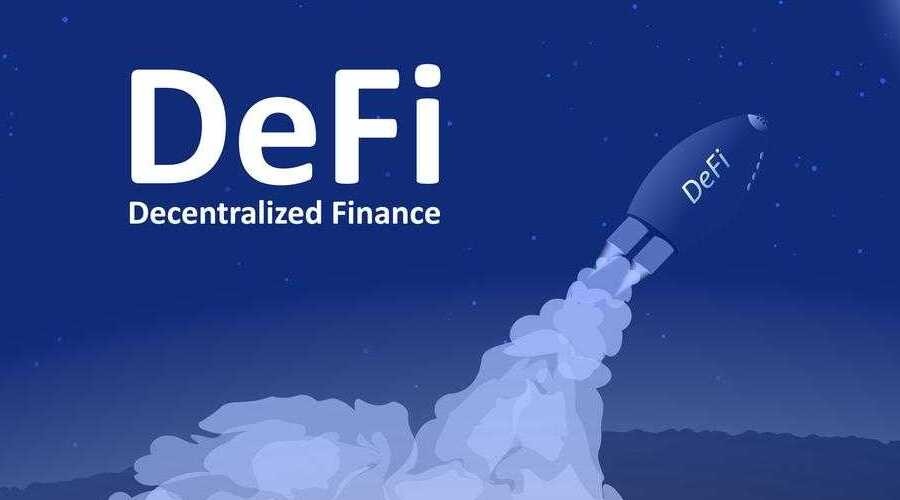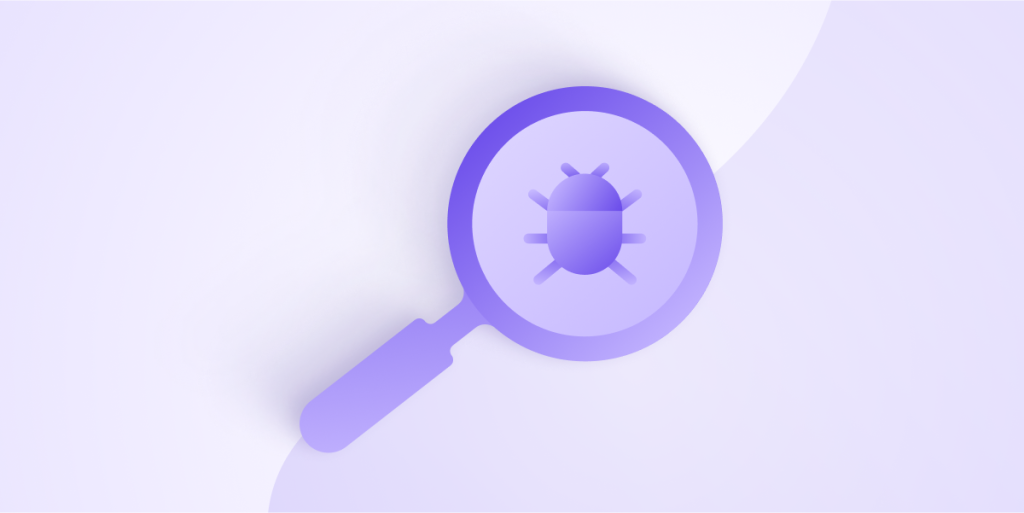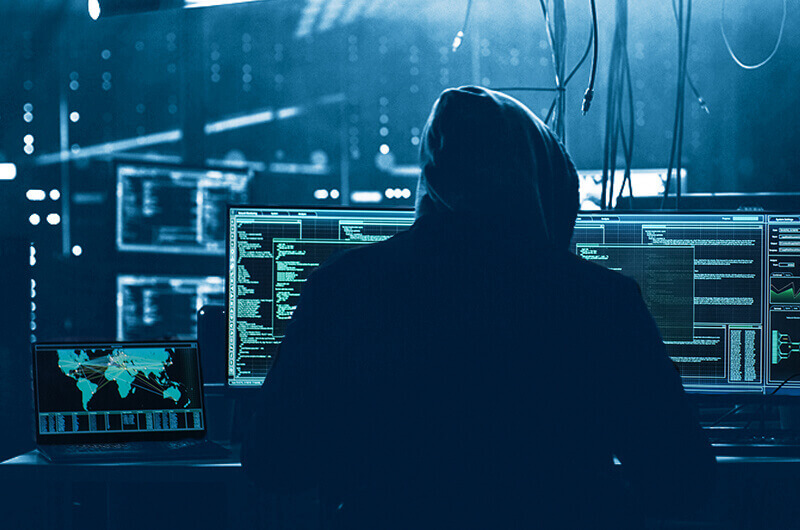Exploring the Potential of Blockchain for Trade Digitization and Paperless Transactions
Decentralized and Trustworthy Trade Networks
Blockchain technology provides a decentralized network where trade participants can securely and directly interact with one another. The transparent and immutable nature of blockchain enhances trust among participants by eliminating the need for intermediaries and providing a reliable source of transaction information. With blockchain, trade processes can be streamlined, reducing the time, costs, and complexities associated with traditional paperwork.
- Trade participants can securely transact without relying on intermediaries.
- Blockchain’s transparency ensures that all parties have access to reliable transaction information.
- The immutability of blockchain records eliminates the risk of tampering or fraud.
Digital Identity and Authentication
Blockchain-based digital identity solutions offer secure and tamper-proof verification of trade participants’ identities. By integrating digital identities with blockchain, trade processes can be authenticated, reducing the risk of fraud and unauthorized access. Digital identity verification simplifies Know Your Customer (KYC) procedures, ensuring compliance with regulations and enhancing trust in trade transactions.
- Blockchain-based digital identities provide a secure and reliable way to verify the identity of trade participants.
- Integration with blockchain ensures tamper-proof identity verification.
- Simplified KYC procedures streamline the onboarding process for trade participants.
Efficient Supply Chain Management
Blockchain enables end-to-end visibility and traceability in supply chains, from the sourcing of raw materials to the final delivery of products. By recording every step of the supply chain on the blockchain, businesses can easily track and verify the origin, quality, and authenticity of goods. This transparency helps in identifying bottlenecks, reducing delays, and improving overall supply chain efficiency.
- Blockchain provides a transparent and auditable record of supply chain activities.
- Businesses can track the movement of goods in real-time, reducing delays and ensuring timely deliveries.
- Supply chain visibility enables proactive identification and resolution of bottlenecks or issues.
Revolutionizing Trade Finance with Blockchain

Smart Contracts for Automated Transactions
Smart contracts on the blockchain enable the automation of trade finance processes, such as letters of credit and invoice financing. These self-executing contracts automatically trigger predefined actions based on specified conditions, eliminating the need for manual intervention. Smart contracts facilitate faster and more secure transactions, reducing paperwork, administrative costs, and the risk of errors.
- Smart contracts automate trade finance processes, ensuring timely execution and reducing human error.
- Predefined conditions in smart contracts eliminate the need for manual verification and intervention.
- Automation of transactions reduces administrative costs and processing time.
Enhanced Trade Financing Accessibility
Blockchain-based trade finance platforms provide improved accessibility to financing for small and medium-sized enterprises (SMEs) and underserved markets. By leveraging blockchain technology, businesses can demonstrate their transaction history, creditworthiness, and supply chain reliability to lenders. This increased transparency and verifiability make it easier for SMEs and emerging markets to access trade financing that was previously challenging to obtain.
- Blockchain enables SMEs and emerging markets to provide verifiable transaction data and build trust with lenders.
- Enhanced accessibility to trade financing promotes economic growth and empowers small businesses.
- Blockchain-based platforms connect borrowers and lenders directly, reducing the dependency on traditional financial intermediaries.
Mitigating Fraud and Risk
Blockchain’s immutable and transparent ledger helps mitigate fraud and risks in trade finance. All trade-related data recorded on the blockchain is tamper-proof and easily auditable, reducing the risk of fraudulent activities. The transparent nature of blockchain enables lenders and stakeholders to assess the authenticity and validity of trade documents, reducing the risk of financing fraud.
- Blockchain’s tamper-proof nature ensures the integrity and authenticity of trade-related data.
- The transparency of blockchain enables lenders to verify the validity of trade documents and minimize the risk of financing fraud.
- Reduced risk of fraud increases trust among trade participants and financial institutions.
Overcoming Challenges and Future Implications
Scalability and Interoperability
Scalability remains a challenge for blockchain technology to handle the high volume of trade transactions efficiently. Efforts are being made to develop scalable blockchain solutions and interoperability protocols to ensure seamless integration with existing trade systems.
- Blockchain scalability solutions, such as layer two scaling techniques, aim to improve transaction processing capacity.
- Interoperability protocols enable different blockchain networks to communicate and share information seamlessly.
- Scalable and interoperable blockchain solutions will support the growing demand for digitized trade transactions.
Regulatory Frameworks and Standards
The adoption of blockchain in trade requires the establishment of regulatory frameworks and industry standards. Collaborative efforts between governments, regulatory bodies, and industry stakeholders are necessary to develop policies that address legal, security, and privacy concerns.
- Governments and regulatory bodies need to establish frameworks that balance innovation and regulatory compliance.
- Industry standards ensure compatibility and interoperability across different blockchain solutions.
- Collaborations between stakeholders promote dialogue and the development of comprehensive regulatory frameworks.
Data Privacy and Security Concerns
As trade digitization relies heavily on data sharing and storage, data privacy and security become paramount. Blockchain technology addresses these concerns by offering secure and encrypted data storage, ensuring the privacy and confidentiality of sensitive trade information. However, it is essential to establish robust data privacy regulations and best practices to protect trade participants’ data and prevent unauthorized access.
- Blockchain’s decentralized and encrypted data storage enhances data security and privacy.
- Data privacy regulations and frameworks need to be developed and implemented to safeguard trade participants’ sensitive information.
- Ongoing efforts should focus on continuously improving data privacy and security measures in blockchain-based trade digitization.
Collaboration and Interoperability
To fully realize the potential of blockchain in trade digitization, collaboration and interoperability between different blockchain platforms and systems are crucial. Stakeholders need to work together to develop standardized protocols and frameworks that enable seamless data exchange and interoperability across various blockchain networks. This collaboration will foster a unified ecosystem that supports widespread adoption and integration of blockchain technology in trade.
- Standardized protocols and frameworks ensure compatibility and interoperability across different blockchain networks.
- Collaborative initiatives promote knowledge sharing, best practices, and the development of industry standards.
- Interoperability enables smooth data exchange and connectivity between blockchain-based trade systems.
Future Integration with Emerging Technologies
Blockchain’s potential in trade digitization extends beyond its current applications. Integration with emerging technologies such as Internet of Things (IoT), artificial intelligence (AI), and big data analytics holds promising possibilities for optimizing trade processes further.
- Integration with IoT devices enables real-time tracking and monitoring of goods throughout the supply chain.
- AI and big data analytics can analyze blockchain data to derive valuable insights and improve trade decision-making.
- The convergence of blockchain with emerging technologies will unlock new levels of efficiency and innovation in trade.
Enhanced Transparency and Accountability
Blockchain technology provides enhanced transparency and accountability in trade digitization. Every transaction recorded on the blockchain is transparent and immutable, allowing stakeholders to easily verify and trace the movement of goods and funds. This transparency reduces the potential for fraud, improves trust among trade participants, and ensures accountability throughout the supply chain.
- Transparency of blockchain records enables easy auditing and verification of trade transactions.
- Immutable records prevent tampering and provide an accurate audit trail.
- Increased accountability promotes ethical practices and fair trade.
Streamlined Trade Documentation
Blockchain simplifies and streamlines trade documentation processes, reducing reliance on paper-based systems. By digitizing and storing trade documents on the blockchain, participants can access and share necessary information in real-time, eliminating the need for physical paperwork and manual document handling. This digitization minimizes errors, enhances efficiency, and accelerates trade processes.
- Digitized trade documents on the blockchain enable instant access and verification for all stakeholders.
- Elimination of paper-based systems reduces administrative costs and the risk of document loss or damage.
- Automated document handling and verification save time and improve the overall speed of trade transactions.
Revolutionizing Trade Finance with Blockchain
Improved Risk Assessment and Creditworthiness
Blockchain technology enhances risk assessment and creditworthiness evaluation in trade finance. The transparency and immutability of blockchain records allow lenders to assess the financial health, payment history, and supply chain performance of businesses more accurately. This enables lenders to make informed decisions, mitigates the risk of default, and expands access to trade financing for businesses that may have limited credit history.
- Blockchain-based credit scoring models utilize transparent and verifiable trade data for risk assessment.
- Improved risk assessment expands financing opportunities for businesses with limited credit history.
- Enhanced creditworthiness evaluation enables lenders to offer more favorable terms and conditions.
Efficient Trade Settlements and Payments
Blockchain facilitates efficient trade settlements and payments by reducing reliance on traditional banking systems. Smart contracts on the blockchain automate payment processes, ensuring timely and secure transactions once predefined conditions are met. This eliminates the need for intermediaries, reduces settlement times, and minimizes transaction costs, benefiting both buyers and sellers in cross-border trade.
- Smart contracts enable automated and self-executing payment settlements, reducing delays and human errors.
- Direct peer-to-peer transactions on the blockchain eliminate the need for intermediaries, reducing transaction costs.
- Faster and more efficient trade settlements enhance cash flow and liquidity for businesses.
Enhanced Trade Compliance and Auditing
Blockchain technology facilitates improved trade compliance and auditing processes. The transparent nature of blockchain allows regulatory authorities to easily access and verify trade-related information, ensuring adherence to import/export regulations and trade policies. Smart contracts can automate compliance checks, reducing the risk of non-compliance and enabling more efficient auditing procedures.
- Blockchain’s transparent and immutable ledger enables real-time monitoring and verification of trade compliance.
- Automated compliance checks through smart contracts minimize the risk of errors and non-compliance.
- Efficient auditing processes based on blockchain records reduce the time and effort required for regulatory inspections.
Facilitating Trade Finance for SMEs
Blockchain-based trade finance platforms provide SMEs with enhanced access to financing opportunities. By leveraging blockchain technology, SMEs can overcome traditional barriers, such as limited credit history and lack of collateral. The transparency and traceability of blockchain records enable lenders to assess the creditworthiness of SMEs more accurately, expanding financing options and driving economic growth.
- Blockchain enables SMEs to showcase their transaction history, supply chain reliability, and creditworthiness.
- Improved access to trade finance empowers SMEs to expand their operations and seize growth opportunities.
- The transparent and auditable nature of blockchain-based transactions reduces the risk perception associated with financing SMEs.
Conclusion
In conclusion, the potential of blockchain technology in trade digitization and paperless transactions is immense. Blockchain offers enhanced transparency, security, and efficiency in international trade, revolutionizing processes such as supply chain management, trade finance, and compliance. By leveraging blockchain, trade participants can streamline operations, reduce costs, mitigate risks, and foster trust among stakeholders. However, challenges such as scalability, regulatory frameworks, and interoperability need to be addressed for widespread adoption. The future implications of blockchain in trade are promising, with advancements in energy efficiency, international collaboration, and the integration of emerging technologies. Embracing blockchain’s transformative power will lead to a more transparent, efficient, and inclusive global trade ecosystem.
















